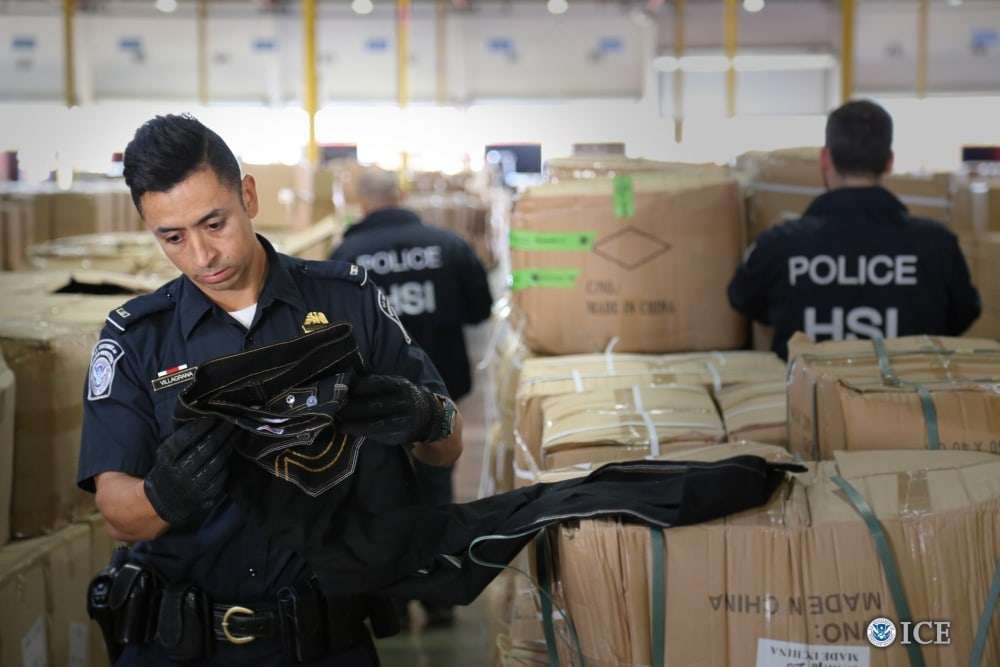The U.S. Customs and Border Protection (CBP), a bureau of the Department of Homeland Security, is the nation’s largest federal law enforcement agency that is charged with securing the nation’s borders and facilitating international travel and trade. It plays an underrated role in helping businesses enforce their intellectual property rights. Businesses may work with CBP to protect their intellectual property rights against counterfeiters. CBP has the authority to determine infringement of intellectual property rights at the US border and enforce intellectual property rights by excluding from entry, detaining, and seizing goods that infringe the business’s intellectual property rights such as trademarks, copyrights, and patents. How can CBP help with Intellectual property rights enforcement and fight against counterfeits? Intellectual property rights enforcement is complex and CBP relies on assistance from intellectual property rights owners to effectively carry out its enforcement authority. To obtain full CBP protection against the importation of goods bearing infringing trademarks, trademark owners should record their federally registered trademarks with CBP. Only trademarks registered on the USPTO’s Principal Register are eligible for CBP recordation. Common law trademarks and trademarks registered on the USPTO’s Supplemental Register cannot be recorded with CBP. It is important to record trademarks with CBP because CBP has no authority to prevent the importation of goods bearing a confusingly similar mark if the mark has not been recorded with the CBP. Therefore, even if the goods bear a mark that copies or simulates a mark registered with the USPTO, if the mark has not been recorded with CBP, the goods are not subject to detention or seizure. CBP and Counterfeits A counterfeit mark is a “spurious mark that is identical with, or substantially indistinguishable from,” a federally registered mark. CBP is obligated to seize and seek forfeiture of imported goods deemed to bear a “counterfeit” mark, whether or not the mark is recorded with CBP. CBP has authority to seize goods bearing counterfeit marks because of the Tariff Act of 1930 and Federal Criminal Code, which provide for criminal penalties, including fines, against persons who intentionally traffic in counterfeit goods. CBP may impose a civil fine against any person who directs, assists financially or otherwise, or aids in the importation of goods bearing a counterfeit mark. Knowledge that the product is counterfeit is not required for civil liability. CBP also maintains the Intellectual Property Rights Search (IPRS) database, which contains information on recorded trademarks (as well as copyrights and trade names) and the IPRS database is available to the public. How can Intellectual Property Owners Effectively Work with the CBP Here are a few steps intellectual property owners can take to increase the likelihood that CBP will discover and take action against infringements:
- Provide CBP with information regarding their trademarks and products (such as by making a product identification training guide and providing product identification training)
- Report suspected infringing imports to CBP
- Create and implement an intellectual property security plan
Navigating how you can work with the CBP to protect your company or product against counterfeits may seem daunting. It is always helpful to enlist the assistance of a professional intellectual property attorney. We are here to help you fully understand the benefits and details of working the the CBP to protect your intellectual property rights. Find out how Carbon Law Group can help you protect your intellectual property rights by scheduling a meeting with us using this link.





